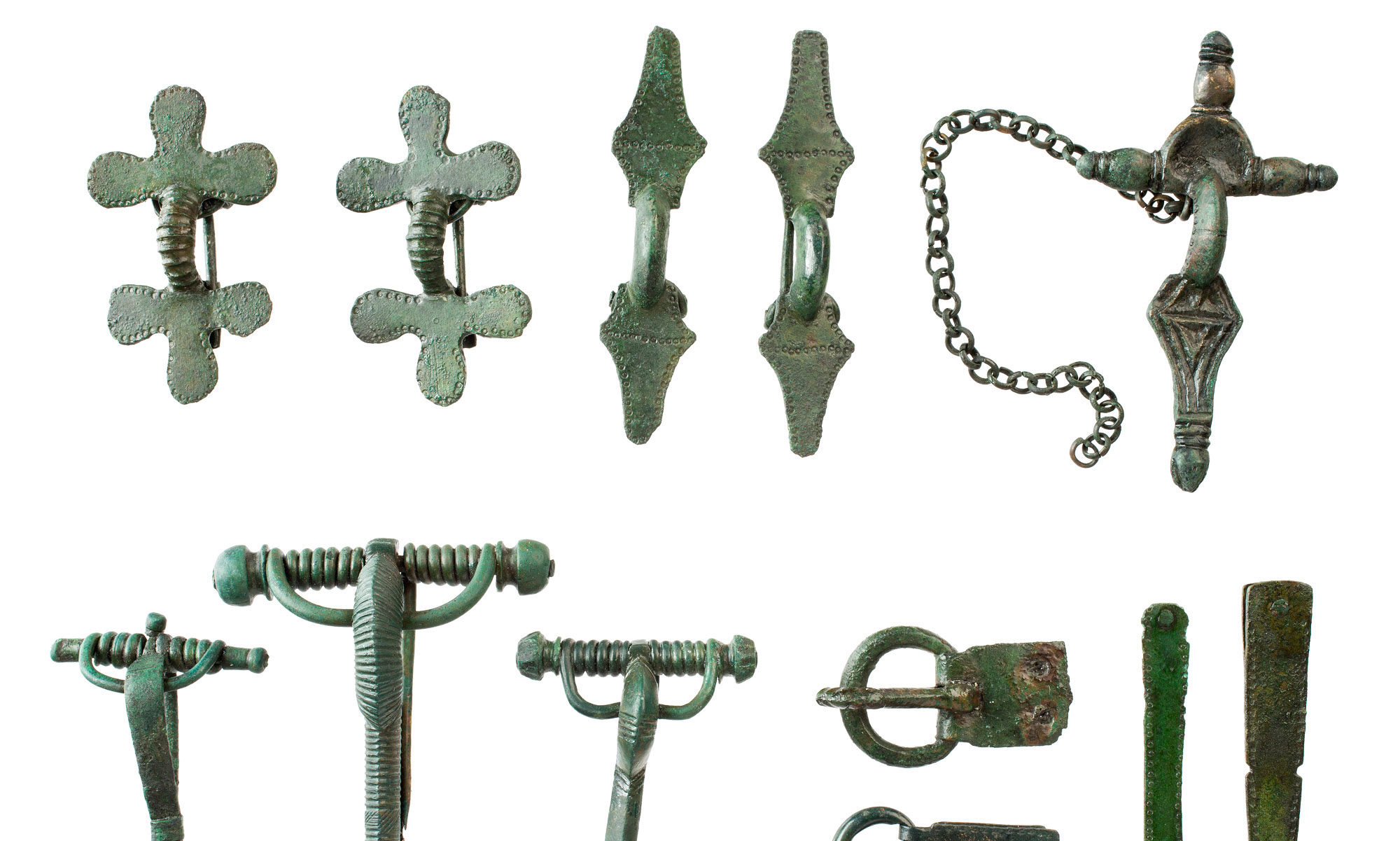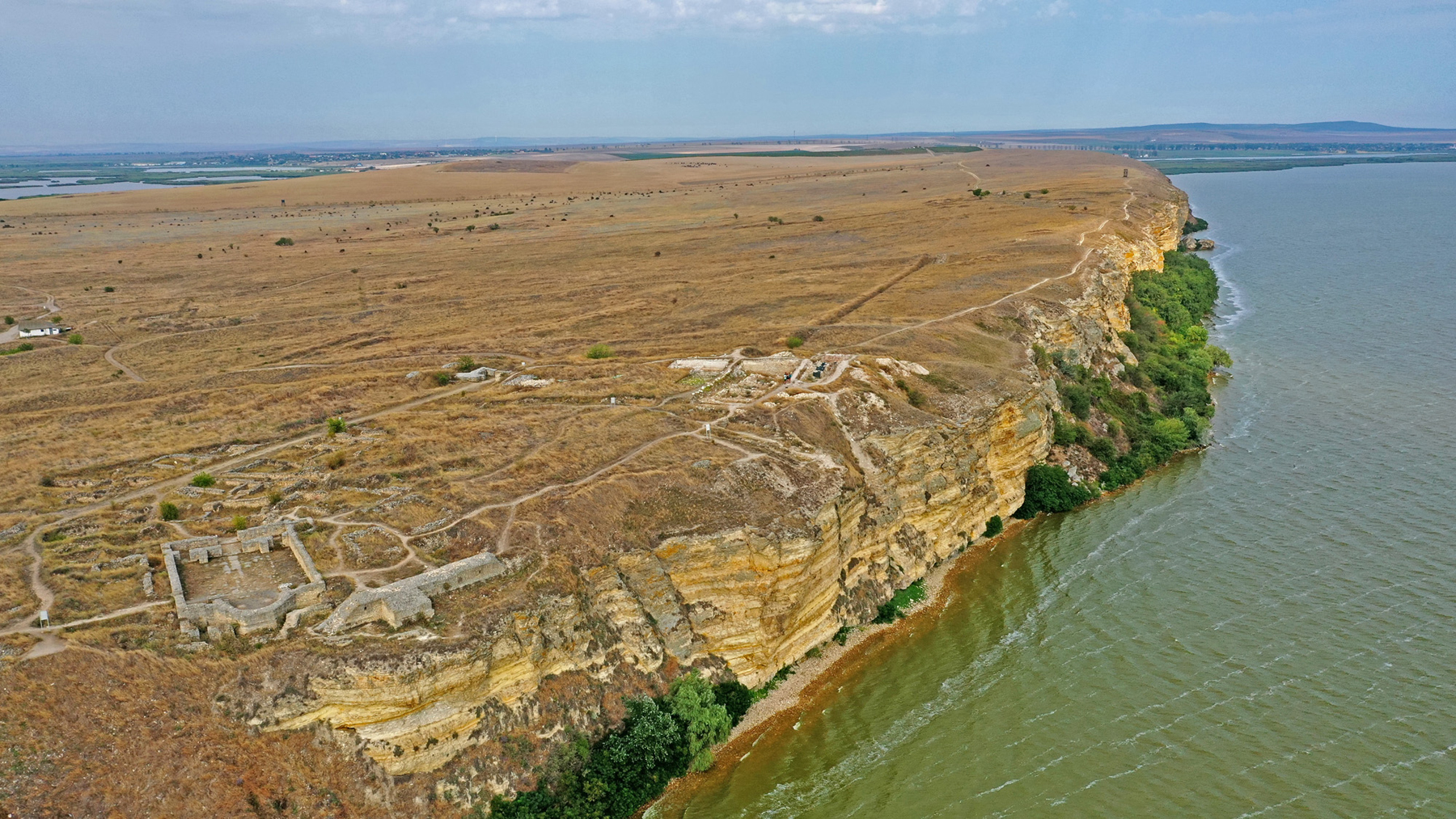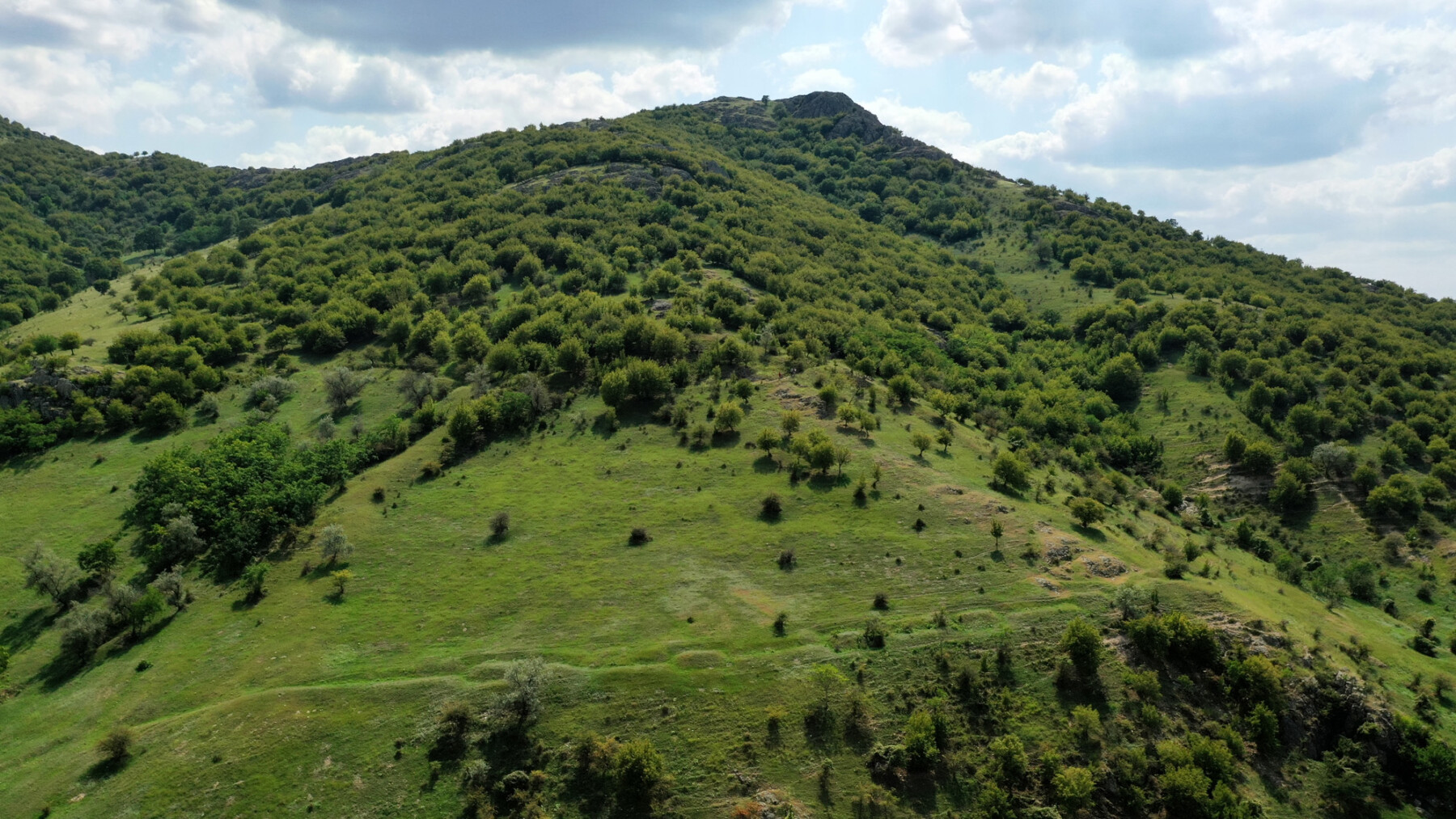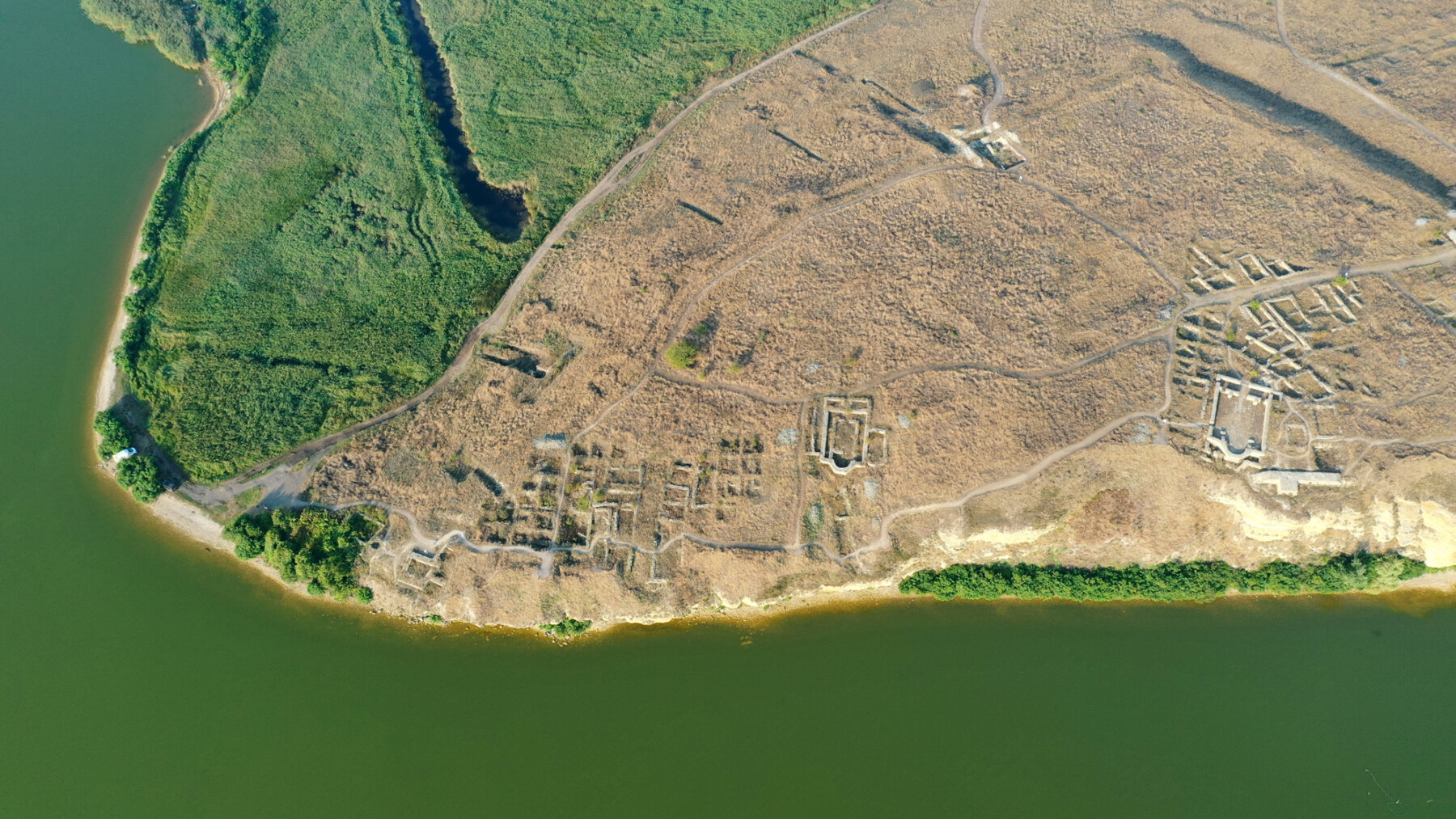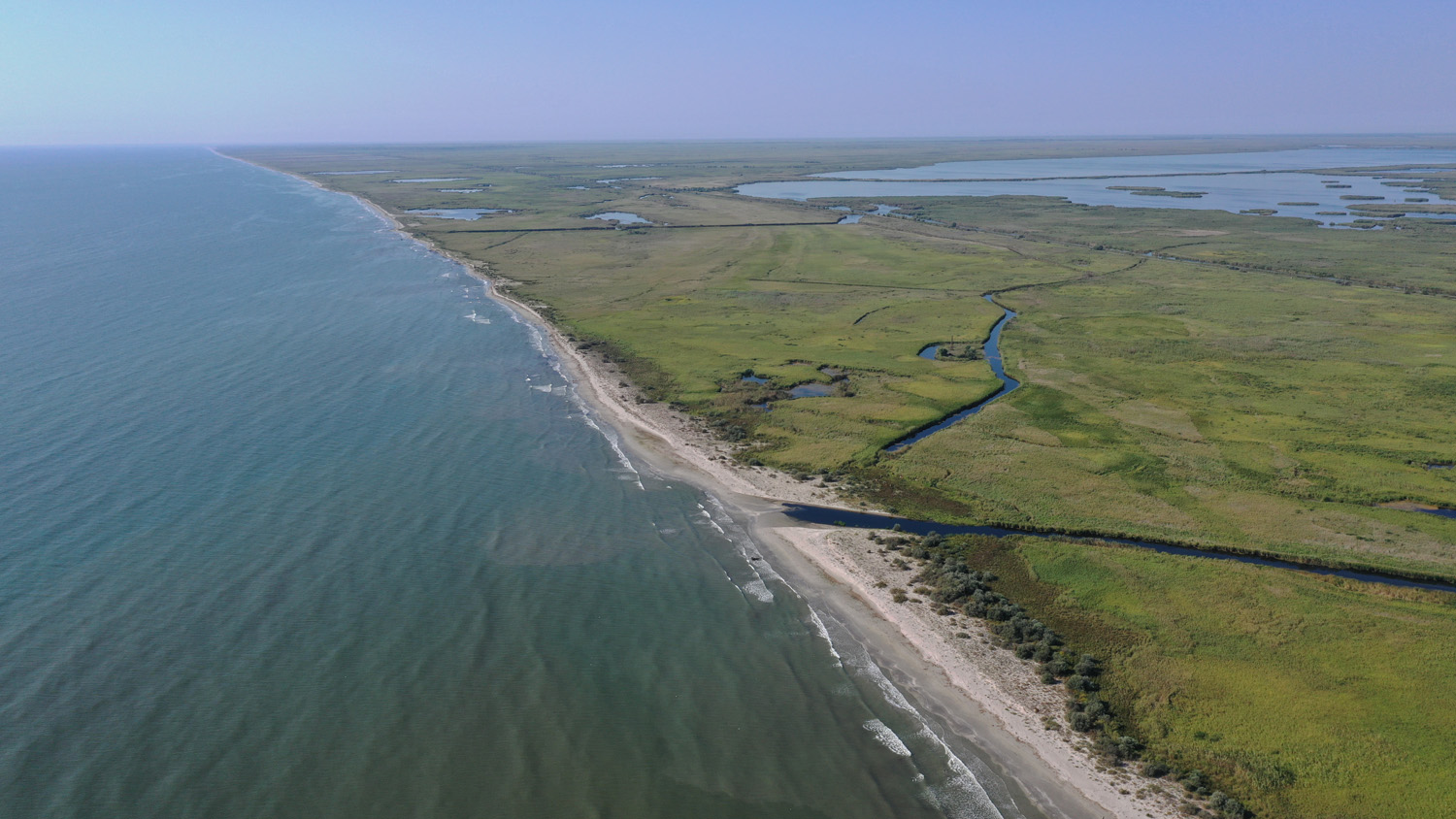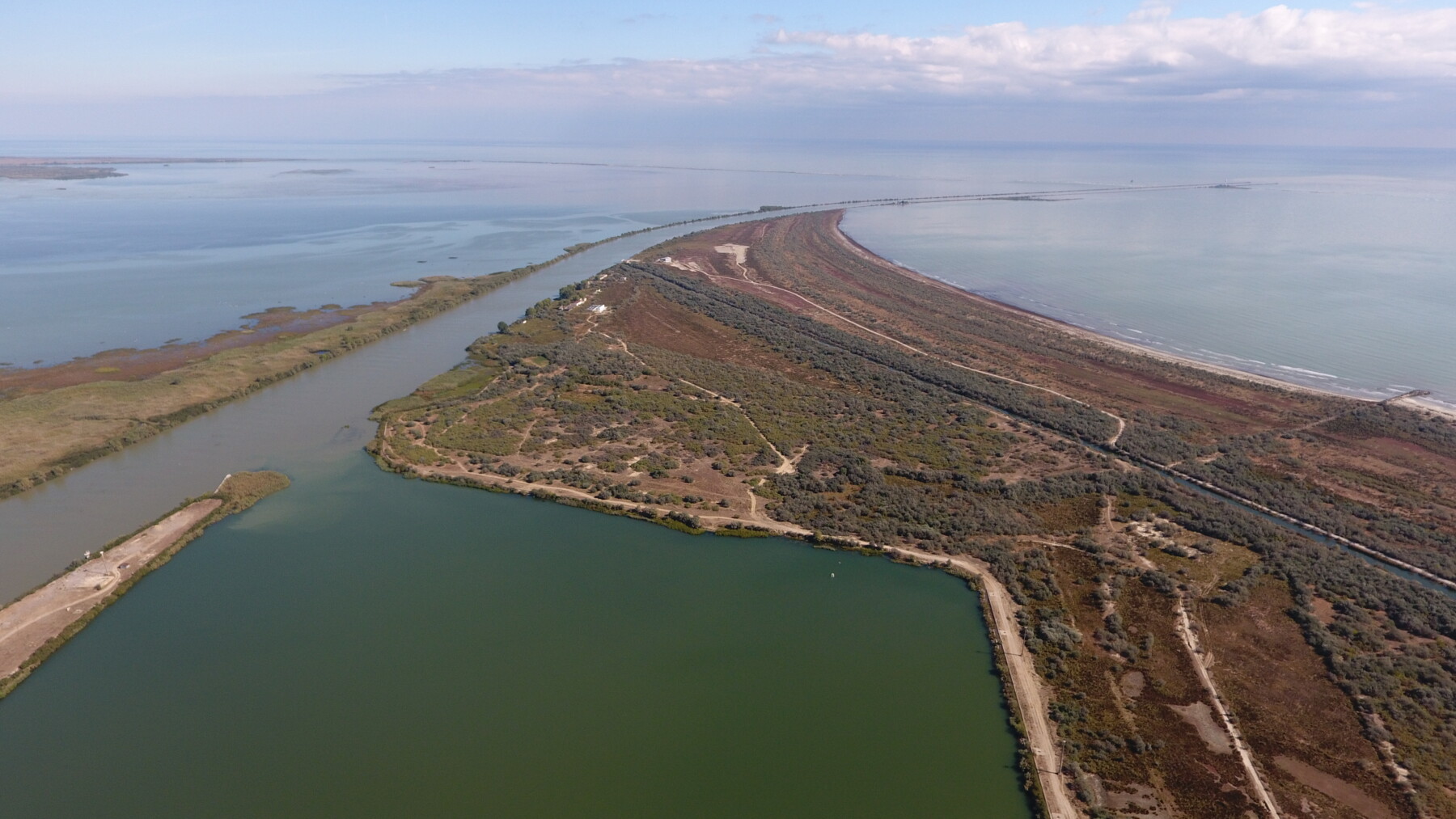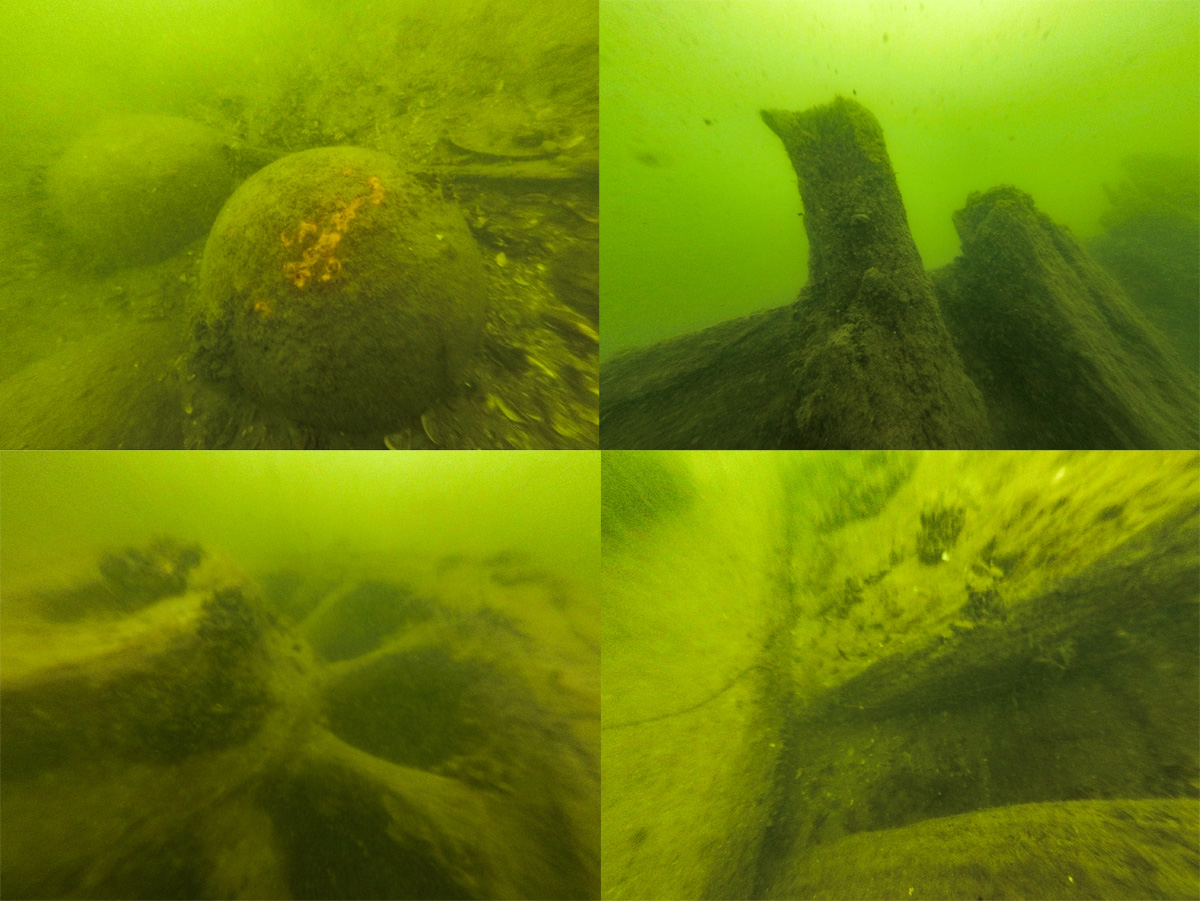The Archaeology of the Limes Maritimus Scythicus (ArchLiMar), formerly Danube Delta Underwater Heritage.
We are pleased to announce that the accomplishments of the ArchLiMar Danube Underwater Heritage Project from the 2017-2019 seasons to date have been published:
Goals & ideas
The line of the Scythian stretch of the lower Danube (modern day Dobruja) was heavily fortified during the Roman period. Along the boundary marked by the big river rose a chain of fortresses: Durostorum, Sucidava, Axiopolis, Capidava, Cavsium, Arrubium, Noviodunum or Aegyssus, to name a few. The nautae universi Danuvi and the war fleet classis Flavia Moesica (at Noviodunum) were active here, as well as many civilian and military transport vessels.
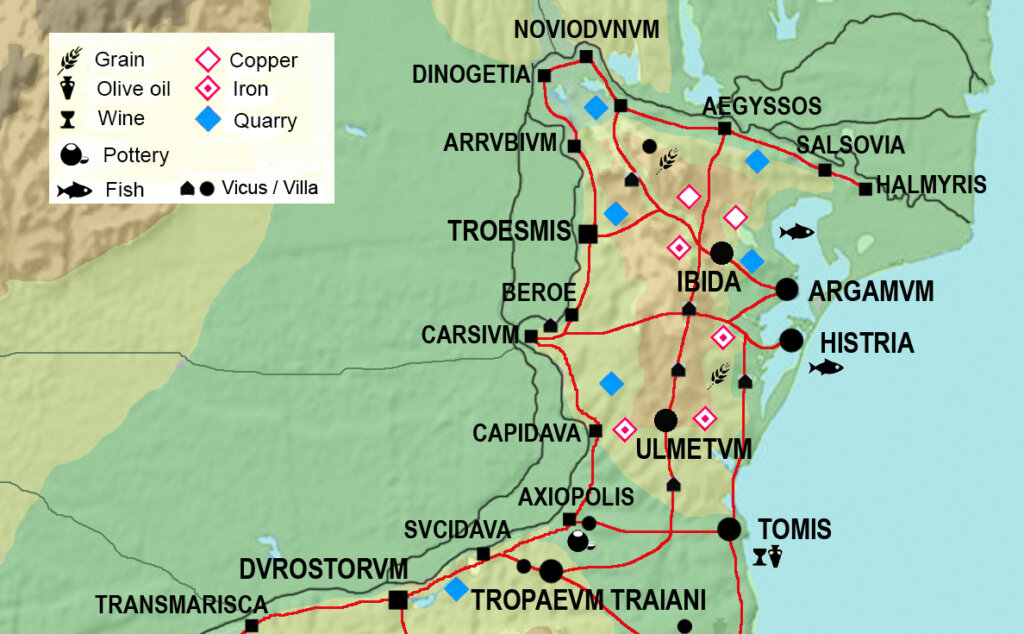
Ships that wished to navigate the Danube and reach inland centers directly on its banks typically had to enter the Sulina or Sfântu Gheorghe branches directly from the Black Sea basin. The navigable rivers, in addition to the road network, were very important communication and trade routes. They supplied goods not only necessary for the functioning of the legion camps, but also goods for trade.
The land route in turn crossed the Dobruja East to West, following river valleys through the hilly landscape. These roads were a welcome addition to the river route and – in winter – also a necessary “plan B”.
The ArchLiMar project aims to investigate both transport routes in the Roman and Late Roman period (1st through 6th century AD) and, by extension, their significance in earlier and later times based on any finds and observations from outside the preferred chronological framework. In our project we rely heavily on non-invasive methods of archaeological prospection, that is sonars and radars for underwater research and geophysical methods for land surveys. In addition, in places chosen based on results of the former, we also implement a direct approach with divers underwater and excavations on land.
The first three seasons of the non-invasive underwater project “The Danube Underwater Heritage: Trade and Shipwrecks at the Lower Danube and the Danube Delta” in Romania as part of the ArchLiMar framework are completed. Their implementation was possible thanks to the cooperation agreement between the University of Warsaw and the Gavril Simion Eco-Museum Research Institute in Tulcea (Romania). The project directors are Dr. Martin Lemke and Dr. George Nuţu, respectively.
The 2023 season
During the 2023 season, a considerable amount of time was devoted to fieldwalking on land to prepare the investigation of relevant sites in the Dobruja interior. The sites in question are a possible Roman temporary or marching camp, likely built out of wood and existing for a limited amount of time at Satu Nou and a Late Roman hilltop fort or fortified city built on the slopes of the isolated Dealul Consul (Consul Hill). Both sites are located in the valley of the Taiţa river, which crosses the Dobruja on a Northwest-Southeast axis. Upon inspection it was decided that both sites deserve investigations with non-invasive methods in the near future.
Regarding underwater research, the team revisited the waters of the Razim lagoon around Argamum, a Greek/Roman town, which is the focal point for our research. There the region across the lake up to Bisericuţa island, the area of the assumed harbour and a possible second port at the north end of the site were investigated with a side-scan sonar. The results will be published soon in the journal “Peuce”.
The 2019 season
In August and September 2019, the Black Sea coastal waters between the mouths of two branches of the Danube were prospected: Sulina and Sfântu Gheorghe. The area of activity was determined on the basis of finds of ancient pottery washed up on the beach in significant quantities south of the Sulina estuary.
The work schedule called for the two main activities to be carried out in parallel: fieldwalking on the beach and a sonar survey work from a boat. Due to the nature of the Danube Delta (a marshy area criss-crossed by canals), access to the area where the pottery was found was only possible from the boat on the seaward side. Therefore, the group conducting the surface prospecting would leave the boat at a distance from the beach in order to also check the coastal waters, while the other group would sonar at a safe distance from the shore.
The survey area covered a six-kilometre stretch of beach starting north of the Gârla Impuţita channel to a point 2.5 km south of the Sondei channel. Here, ceramic fragments were found washed up on the beach and in the shallow waters of the foreshore.
During interviews with local people it was possible to establish that the increase in the occurrence of pottery finds on the beach follows storms and these are well-preserved, diagnostic pieces. The area prospected from the boat was characterised by a shallow depth (average 2 m) and a very irregular shaped bottom. A sandy bottom without any vegetation and high wave action favoured the formation of underwater shoals. These processes occur quite rapidly, resulting in a constantly changing seabed in the coastal zone.
Because the chosen body of water for the survey is so shallow, the bottom mapping took place in winds of less than 15 knots. The low waves did not cause interference when receiving signals from the seabed. The non-invasive underwater survey covered approximately 360 hectares. In this area, many shallows up to 0.5 metres were recorded, 500-600 metres from the shoreline the maximum depth was 4 metres.
Considerable amounts of ancient pottery and metal pieces, including anchor fragments, were located in the coastal zone. The artefacts were located on sandbanks with a bottom densely covered with grasses at a depth of approximately 0.5-0.7m. The sandbanks reached about 20 m from the waterline before sinking to a depth of about 1-2 m. There are strong currents at this location, which freely throw artefacts onto the shoals. The artefacts found were documented photographically and their coordinates were plotted on a map.
Points selected from the sonar image were checked during the dive. Currents at this low water level caused sea sediment to rise which made it difficult to make full observations underwater. The large thickness of organic bottom sediment precluded the discovery of clear wreck or sediment structures. A bathymetric plan of the verified part of the Black Sea was made.
Aerial verification, which was carried out using a drone, with a calm wave allows observation of the bottom formation. Clearly visible are the longitudinal mounds at the head of the Delta.
At this point, we are able to say more about the dynamic changes that the whole area is undergoing. Sediments deposited by rivers, on the one hand, cause the delta to continually grow, but sea currents, on the contrary, take away land in certain sections of the delta. The use of non-invasive methods was therefore crucial, as it enabled a large area of the seabed to be surveyed and bathymetric maps and GPS/GIS databases to be created.
The vascular ceramic material collected during the surface prospecting on the beach consisted mainly of fragments of amphorae. Most of the finds were quite heavily encased and irregularly encrusted with marine concretions. The compilation of this material is still in progress, but it is already apparent that the predominant amphorae are of the Shelov C type, which were produced on the southern Black Sea coast in the 2nd century AD and which were sent with supplies for the legionaries to many limes camps along the Danube, including Novae in northern Bulgaria, which has been studied by Polish missions for years. At one point with an accumulation of finds, several small fragments of marble slabs (this is probably Greek cipollino marble from Euboea) were also discovered.
The results have been published in the journal Novensia.
The 2017 season
In 2017, the first research season of the ArchLiMar project took place, at that time under the working title “Danube Underwater Heritage”, during which various points within archaeological sites located in the Danube Delta were verified. The work was carried out from a boat using non-invasive methods: a side scanner and a bottom profiler were pulled behind the boat so that the acoustic streams covered the entire surveyed area. The images obtained in this way were then analyzed, and based on the data obtained, sites were selected for verification by divers. Dr. George Nuţu representing ICEM Tulcea and Marta Bajtler and Karolina Trusz from the University of Warsaw with a team of specialists set out on this task. The exploration covered Bazinul Mare (Sulina estuary) in the Danube Delta, but also Lake Sinoe adjacent to ancient Histria, and Lake Razim where ancient Argamum is located.
In the first case we had to deal with a semi-artificial reservoir, which was dug for large vessels entering the Sulina (one of the arms of the Danube), at the bottom of which numerous modern and early-modern boats and ships lay. Bazinul Mare is quite a shallow reservoir (maximum depth of 9-10 m), and due to the direct connection with the river there is very little visibility in it.
The area was checked with a sonar and bottom profiler, and selected points were verified by divers and documented where possible. A total of 21 anomalies were identified, of which 5 looked like potential wrecks. Due to very poor visibility in the water, 3 points were verified by divers. The effect of the underwater exploration of the above-mentioned points is the confirmation of the presence of three vessels on the day of the basin:
Shipwreck Sulina A – the best preserved of the discovered wrecks. Situated at a depth of 6 meters, visibility practically zero. The stern is invisible, buried in sediments. The preserved length ranges around 30m, it is a wooden hull with metal reinforcements. The wreck contained a set of cannonballs and probably a cannon. Numerous of these projectiles (30 cm in diameter) and a wooden wheel from a cannon were found. Interestingly, a second wheel is in the local museum. The cannon(s) was not located. A chain was also discovered on the wreck, which was patented in 1810, giving us a terminus post quem.
Shipwreck Sulina B – wooden wreck located at 8 m depth. Visibility is zero, so we could only confirm that there is a wooden vessel there.
Shipwreck Sulina C – wreck located at 6 – 7 m depth. Wooden structure, reinforced with metal plates. Wreck buried in the silt.
A major achievement of these investigations in Bazinul Mare was the inclusion of this area in the Romanian List of Monuments as an important heritage site, based on the mentioned shipwrecks, forbidding any sort of human intervention or construction works. The legislation was included as ORDIN nr. 2.102 from 15 February 2019: “ORDER no. 2.102 of February 15, 2019 of the Minister of Culture and National Identity regarding the classification as a historical monument of the building UAT Sulina, F12 intravilan, Hs63/4, nc810 in CF30510 UAT Sulina, Bazinul Mare Portuar, Bazinul Maritim, in the premises of AZL, Sulina city, Tulcea county, in the List of historical monuments, with the name Hydrotechnical and port facilities of the European Commission of the Danube CED from Sulina – Great Port Basin/Maritime Basin, Sulina city, Tulcea county, in category s – site, I – archaeology, in value group A”. Register of legislation: https://legislatie.just.ro/Public/DetaliiDocument/220429.
Prospecting on the lakes was even more difficult. Both are part of the same, very shallow Razim lagoon with zero visibility. Still, since part of the archaeological site Histria is currently under water, we are aware of reports that at low water levels walls appeared. Local researchers believe that these may have been city walls from the early Roman period. A stone structure, which is under a layer of silt, has been traced with a mobile RTK measuring device, but further verification is needed. The part of the lake in close proximity to the ancient city was also checked with sonar and profiler to look for further anomalies. Preliminary measurements, however, did not reveal anything spectacular.
In Argamum, during an earthquake, a part of the site, which is located on a high cliff, collapsed into the lake. The area from the shores of Argamum towards the island of Bisericuţa was checked using sonar and a bottom profiler. Localized anomalies will be checked during the next survey seasons.
The results have been published in the Światowit” Supplement Series U.

The ArchLiMar has been funded by the National Science Centre Poland within the project: „The Danube Underwater Heritage. Non-invasive underwater research along the Black Sea coast in the Danube Delta area”, Miniatura 2, nr 2018/02/X/HS3/01745.
Moreover, the project Non-invasive Underwater Prospecting of the Sulina and Sfântu Gheorghe Rivers (Danube Delta) in Romania was carried out under funding from the UW Research Movement Advisory Board (syg.10/II/2017) and a Microgrant awarded under UW internal grants. The project was carried out by members of SKN “Wod.o.Lot” and in collaboration with Archcom.
